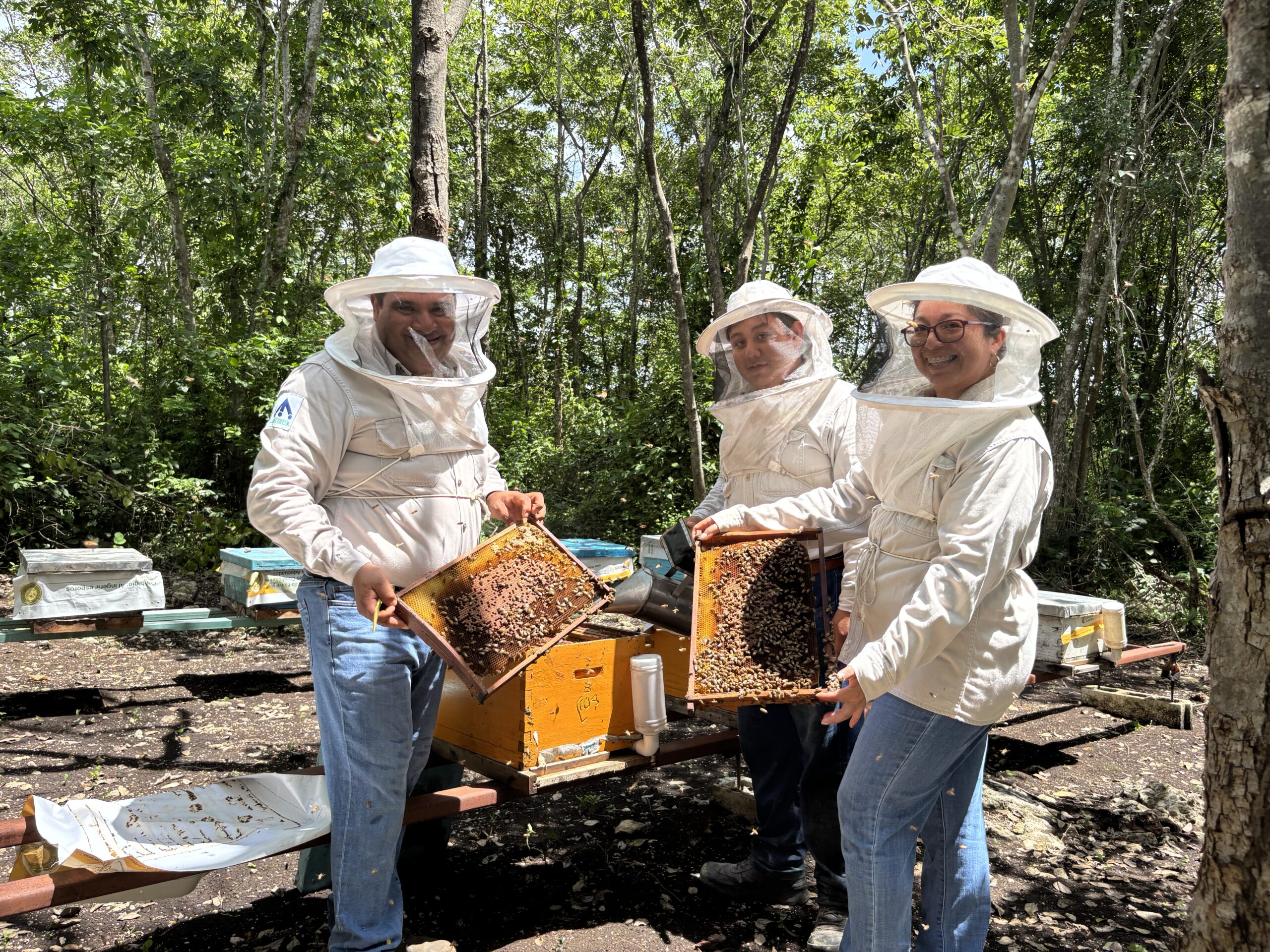
Delegates finally reached an agreement at COP29 about 30 hours after the planned end of the conference. The convention centre was already being dismantled when negotiations finished around 3 am Sunday morning local time.
In nail-biting last minute negotiations the NCQG, which is the target for annual international climate funding from the Global North to the Global South countries, was upped from $250 bn to $300 bn.
This decision came after the $250 bn proposal by the Azerbaijani government, which convenes the conference, was rejected outright by Global South countries just before the planned end on Friday.
The agreement is far lower than the annual $1.3 trillion that experts deem necessary to achieve the Paris climate goals. It also does not provide any immediate relief from the demands of the climate crisis — the goal is set to be reached by 2035.
In a late addition during the final hours of the conference, a vague goal of scaling up climate finance to $1.3 trillion was added. The exact meaning of the “Baku to Belém Roadmap to 1.3T” (article 27 of the agreement) will likely be contested and negotiated next year. But it serves as an essential benchmark against which world leaders will be measured.
Felix Finkbeiner, founder of Plant-for-the-Planet says that the finance goal is ‘technically an improvement’ compared to the old $100 billion goal, but that changes in the accounting structure make the increase much smaller than it seems.
“While the agreed funding is catastrophically insufficient, any climate agreement in a time with such little public support for climate action is progress. We will keep pushing for the international community to raise its ambition,” he adds.
“We’re most disappointed that no progress was made towards preserving tropical forests.”
Nothing about these last minute changes alters the three failures we identified yesterday.


















